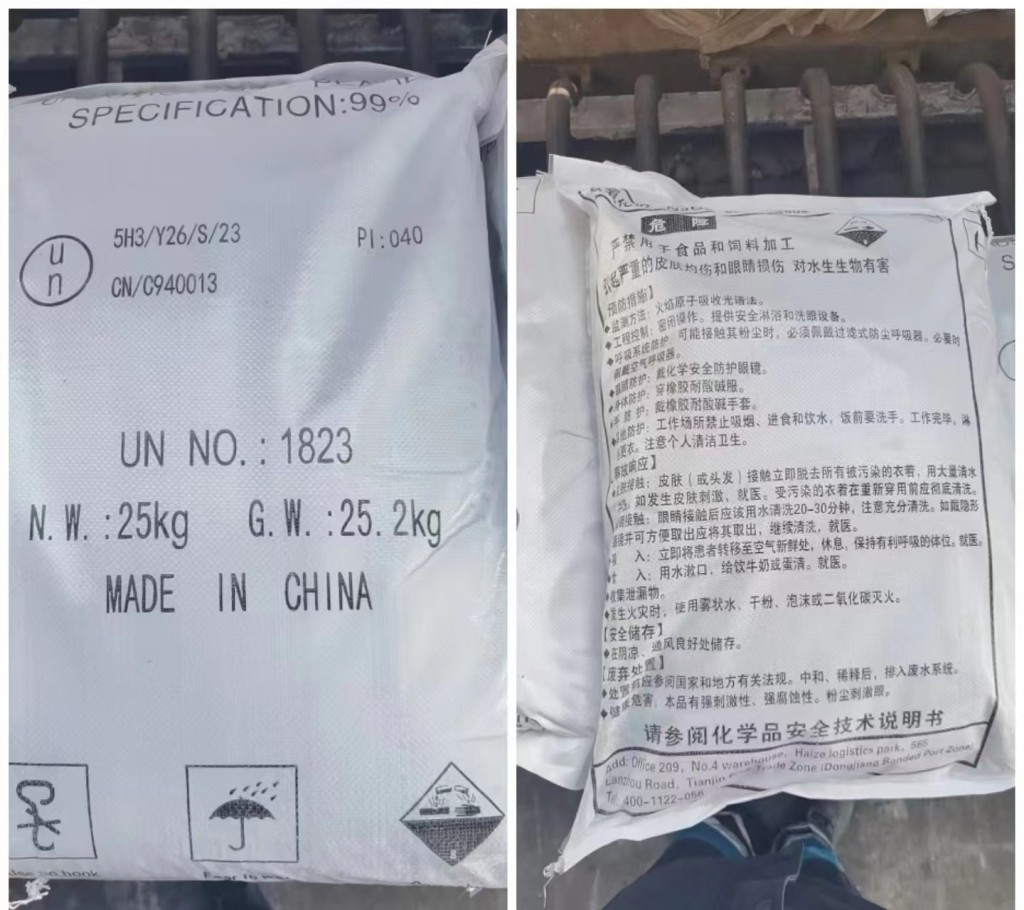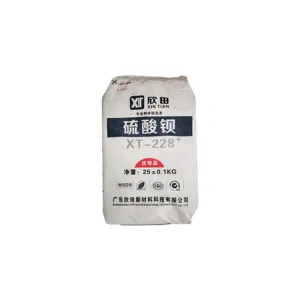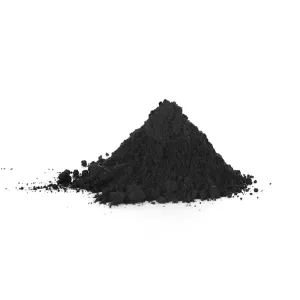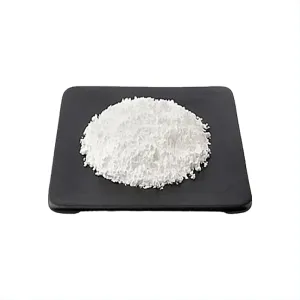Vedanta embarking on doubling alumina refining capacity in Odisha; govt mulls to solve environment puzzle
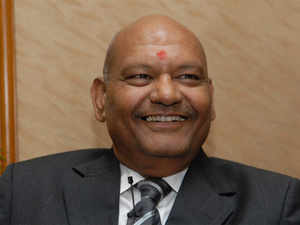
Earlier this month, Vedanta Group chief Anil Agarwal announced a doubling of alumina refinery capacity following a meeting with Odisha chief minister Naveen Patnaik, although his confidence belies the company’s difficult experience in the state.
At the end of July, the group’s Sesa Sterlite unit said that it had convinced locals at a public hearing in Lanjigarh, Odisha, to back plans to expand its alumina refinery sixfold and quadruple captive power capacity. The move was greeted with some surprise, since the company, with no captive supply of raw material, has been struggling to run the existing 1mt plant at full capacity.
Only last year, when environmental concern collided with corporate interest at nearby Niyamgiri, the former seemed to have won a critical round. Granted a say in matters through a first-of-its-kind environmental referendum ordered by the Supreme Court, the Dongariah and Jarnia Kondh tribals of 12 remote villages located on the high slopes of the hills straddling Kalahandi and Rayagada rejected the plan to mine a 72 million tonne hilltop bauxite deposit for the refinery.
Kalahandi additional district magistrate Sashadhar Nayak, who will countersign the Orissa Pollution Control Board report, believes the hearing in July this year was a success in contrast, despite several interruptions. The report, a prerequisite for the environment impact assessment (EIA), will be reviewed by an appraisal committee of the ministry of environment and forests, which will eventually clear or reject the expansion plan.
The hearing, as he stressed, was related to the refinery, not to the Niyamgiri bauxite deposit, and involved a wider swathe of the population whose lives have been changed in one way or another by the refinery.
What’s happening in Odisha assumes wider significance in the context of the Narendra Modi government’s move to ease environment and forest laws to get big projects that have been entangled in red tape moving again as it looks to revive the economy. Two questions arise: Does this mean infrastructure development will override environmental concern? And, will the concerns of small groups be ignored as the wider community ostensibly looks to protect its economic interests?
The alumina project, Vedanta Aluminium (VAL), has had several run-ins with the ministry of environment and forests (MoEF), particularly during Jairam Ramesh’s tenure as minister. In 2009, at a similar public hearing the company had also claimed to have made a convincing case for expansion. But this hearing was discounted when the MoEF discovered Vedanta had already begun “pre-emptive” work on expansion, having spent Rs 5,000 crore or 50-55% of the budget by then. This included a pipeline–a subject of great distrust between Vedanta and its local critics–that would bring bauxite down from the hilltop deposit 4 km away.
At the July 30 hearing this year, the company was seeking to re-start its application for environment clearance. Ahead of the hearing, Vedanta went on a hearts-and-minds campaign. The company has made a new beginning, said Sesa Sterlite chief operating officer Karun Kant Dave, adding that mistakes had been made in the past. Dave met villagers of the area to persuade them about the merits of the expansion plan before the hearing.
“One of the things we did was to inform people, in right earnest, that this hearing was for the plant and had nothing to do with the mining project,” he said.
Unlike the hearing, the referendum had been mostly for the Dongariah khonds, one of Odisha’s 13 ‘primitive tribal groups’. Their traditional belief that the mountain or ‘daggar’ itself was holy recognized by the MoEF, which refused the mining project clearance in January this year.
The Dongriah Kondhs, accompanied by activist Lingaraj Azad, did participate in the July hearing and express their worries. But these were dismissed by a local man of influence — Sridhar Pesnia, a labour contractor for Sesa Sterlite. He later defended some of the comments he made that were construed as being derogatory to the tribals.
“I said this hearing was for the expansion and not for mining Niyamgiri. Even monkeys would understand this but not our people,” he clarified. Pesnia also distributed sarees, umbrellas and chappals to villagers who attended. He insisted this was his regular practice at this time of the year, coinciding with the popular Oriya festival of Raja.
Azad of the Niyamgiri Suraksha Samiti said the authorities at the public hearing didn’t record the tribals’ objections and neither did it meet other norms for such hearings. What Azad and other critics of the project, such as Amnesty International, ask is where will Sesa Sterlite get the bauxite needed to feed the plant’s expanded 6 mt capacity?
Dave pledged that the company wouldn’t move to mine the Niyamgiri bauxite deposit unless there was local support. But activists aren’t convinced that the two processes still aren’t linked. Documents on the Orissa State Pollution Control Board (OSPCB) site still refer to the deposit that’s 3.7 km from the plant site.
Sesa Sterlite says it’s counting on its 2004 agreement with Odisha Mining Corp. for the supply of 150 mt of bauxite committed under the memorandum of understanding (MoU), meaning that finding the ore is the state-owned company’s responsibility. In 2012, VAL acquired a 24.5% stake in Larsen and Toubro’s near-dormant aluminium projects in the state. Least week, Agarwal told reporters, “We are talking to L&T, which has been allocated three bauxite mines, to tide over our raw material problem.” The state has also agreed to let it mine two deposits of laterite, a mineral with lower alumina content.
According to the company, it has submitted more than 42 mining and prospecting applications for captive bauxite. In the interim period, it will source bauxite from domestic suppliers or import it if the need arises.
Uncertainty over raw material forced Sesa Sterlite to shut the refinery temporarily in December 2012. It is still running below capacity with repercussions on its smelter at Jharsugda, where it converts alumina from Lanjigarh into aluminium. A surge in aluminium prices has made this end of the value chain viable again, provided it can negotiate cheaper power supplies.
There are other potential challenges. In its EIA submission, Sesa Sterlite said, “Expansion will be limited within the existing plant boundary.” But the company will need an additional 500 or 888 hectares (depending on the EIA version), apart from the 2,000 hectares it already owns, to expand the red pond (to store the caustic soda rich waste), fly ash pond (waste from the power plant) and other ancillary requirements. To do this it will have to relocate three villages –Rengopalli, Bandagurha and Kothdwar. Gram sabhas have already been conducted and have approved the plan, according to a company spokesperson.
Kishore Chandra Deo, minister of tribal affairs in the previous UPA government, says this may not be enough. “Unless land losers have been given pattas recognizing their claims, and the amount deposited in their accounts, the new Land Acquistion Act that came into effect on January 1 would apply,” he said.
Deo, who had opposed bauxite projects in his constituency of Araku in Andhra Pradesh on the grounds that tribals owned the minerals, believes only a constitutional amendment can allow the acquisition of 6th schedule areas.
Azad has little time for politicians though. A “grassroots movement” cannot be dependent on the politics of the day, he said.
“Rahul Gandhi declared himself the soldier of the Kondhs–where is Rahul Gandhi today?” Azad said. “Bhaktacharan Das (former Congress MP from Kalahandi), who was so strongly opposed to Niyamgiri, changed his line to let them mine Sijimalli, Kottrumalli and other nearby bauxite deposits. We won’t allow that. It will only lead to the silting of the Indaravati river.”
Local economy
Rengopalli lies to the south of the so-called red pond that collects waste from the refinery. Sesa Sterlite said it is filtering the slush and turning it into a powder that can be used by cement makers. This innovation also does away with the risk of caustic soda mix breaching pond walls, it adds. But villagers told ET that in summer this dust billows into low-hanging clouds, causing a burning sensation in their eyes and nasal passages.
“Had the company not started at all, we could have carried on with our lives. But it’s taken some of our more fertile land already,” said Karma Majhi, a Kutia Kondha tribal. “We have to go round the plant to get to the school and market. Then there is this red dust! Of course we want to be rehabilitated. But once relocated if we don’t get jobs we won’t even have our land and trees that we now live off.”
Majhi, trained as a fitter at Sesa Sterlite’s Industrial Training Insitute (ITI), has a job with a vendor to the company. As someone who had to give up his land, Majhi believes he should be directly employed by the Vedanta unit.
Some of his neighbours who travel as far as Mumbai, Surat and Kerala for work, say Sesa Sterlite won’t hire them. The company’s chief operating officer Karun Kant Dave has pledged to fix this, saying there will be “no more contract workers for unskilled labour jobs that can be done by locals.”
The 10 years that the project has been running in Lanjigarh has helped boost the local economy, particularly in nearby Munniguda and district headquarters Bhawanipatna, where fortunes have waned and waxed with those of the plant. The refinery persuaded Sushant Hiyal, a production manager and possibly one of the few Indian Institute of Technology graduates from the backward district of Kalahandi, to return home. He also built a small hotel but with guests down to a trickle, Hiyal is fighting for survival at the debt recovery tribunal.
Development effect
In a 2007 order allowing mining, the Supreme Court had asked Sesa Sterlite to pay 5% of its profit or a minimum of Rs 10 crore toward local area development. But with no mine in hand, the Lanjigarh Project Area Development Foundation special purpose vehicle (SPV) hasn’t seen fresh funding for the last three years.
“It’s not that the company hasn’t done any peripheral development activities – work has been done at Bhawanipatna railway station, the collectorate has been upgraded and ACs fitted. Vedanta has built a DAV school in Lanjigarh,” said Kalahandi additional district magistrate Sashadhar Nayak.
That irks the locals, who say this development doesn’t benefit them. They say their streets aren’t lit and there’s no piped water. To be sure, fund use is decided by the board of the SPV with representatives from the government and those who have sold the land to the project. The company says it has spent an additional Rs 150 crore on corporate social responsibility (CSR) on its own.
“The real problem is this is the only industry in the entire district. The next one is JK’s paper factory in next-door Rayagada,” said Sushant Hiyal, production manager and a local. Expectations are rising in some quarters. Some of those who gave up land say they want more compensation, comparable with what Sesa Sterlite paid recently for space acquired for its rail line in nearby Ambadala.
Sesa Sterlite labour contractor Sridhar Pesnia, also a local, blames the government for not doing enough “to bring Kalahandi’s tribals into the mainstream”.
“When Vedanta started out (in 2006) there were just two science or commerce graduates who made the cut as per the company’s hiring policy,” said Pesnia, himself a school dropout.
Officials at the Kutia Kandha Development Agency believe the tribals, unlike others like Pesnia and Hiyal, aren’t equipped to seize the opportunities offered by industrialization.
“The government must open a degree college or ITI (industrial training institute)–they don’t have the finances to go to even as far as Bhawanipatna to train themselves,” said an official who asked not to be named.
This is key to the issue–the area holds more than half the country’s bauxite reserves but the literacy rate stands at 25.5% (between that of Chad and Burkina Faso) and against the state average of 73.45%.
Recommended Suppliers
 June 3, 2024
June 3, 2024  June 3, 2024
June 3, 2024  June 17, 2024
June 17, 2024  June 18, 2024
June 18, 2024  June 18, 2024
June 18, 2024 

